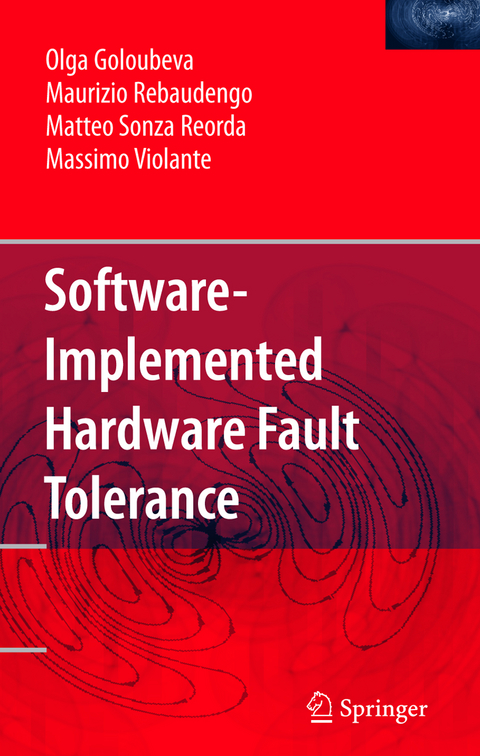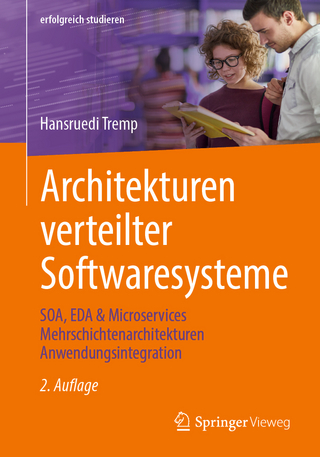
Software-Implemented Hardware Fault Tolerance
Seiten
2010
|
Softcover reprint of hardcover 1st ed. 2006
Springer-Verlag New York Inc.
978-1-4419-3861-9 (ISBN)
Springer-Verlag New York Inc.
978-1-4419-3861-9 (ISBN)
Software-Implemented Hardware Fault Tolerance addresses the innovative topic of software-implemented hardware fault tolerance (SIHFT), i.e., how to deal with faults affecting the hardware by only (or mainly) acting on the software.
The first SIHFT techniques were proposed and adopted several decades ago, but they have been the object of new interest in the past few years, mainly due to the need for developing low-cost safety-critical computer-based applications in fields such as automotive, biomedics, and telecommunications. Therefore, several new approaches to detect, and when possible correct, transient and permanent faults in the hardware have been recently proposed. These approaches are innovative (with respect to those proposed in the past) since they are of higher applicability (often starting from the source-level code of an application) and generality, being capable of coping with many different fault types. The book presents the theory behind software-implemented hardware fault tolerance, as well as the practical aspects related to put it at work on real examples. By evaluating accurately the advantages and disadvantages of the already available approaches, the book provides a guide to developers willing to adopt software-implemented hardware fault tolerance in their applications. Moreover, the book identifies open issues for researchers willing to improve the already available techniques.
The first SIHFT techniques were proposed and adopted several decades ago, but they have been the object of new interest in the past few years, mainly due to the need for developing low-cost safety-critical computer-based applications in fields such as automotive, biomedics, and telecommunications. Therefore, several new approaches to detect, and when possible correct, transient and permanent faults in the hardware have been recently proposed. These approaches are innovative (with respect to those proposed in the past) since they are of higher applicability (often starting from the source-level code of an application) and generality, being capable of coping with many different fault types. The book presents the theory behind software-implemented hardware fault tolerance, as well as the practical aspects related to put it at work on real examples. By evaluating accurately the advantages and disadvantages of the already available approaches, the book provides a guide to developers willing to adopt software-implemented hardware fault tolerance in their applications. Moreover, the book identifies open issues for researchers willing to improve the already available techniques.
Background.- Hardening the Data.- Hardening the Control Flow.- Achieving Fault Tolerance.- Hybrid Techniques.- Fault Injection Techniques.
| Zusatzinfo | XIV, 228 p. |
|---|---|
| Verlagsort | New York, NY |
| Sprache | englisch |
| Maße | 155 x 235 mm |
| Themenwelt | Mathematik / Informatik ► Informatik ► Theorie / Studium |
| Informatik ► Weitere Themen ► Hardware | |
| Technik ► Elektrotechnik / Energietechnik | |
| ISBN-10 | 1-4419-3861-3 / 1441938613 |
| ISBN-13 | 978-1-4419-3861-9 / 9781441938619 |
| Zustand | Neuware |
| Haben Sie eine Frage zum Produkt? |
Mehr entdecken
aus dem Bereich
aus dem Bereich
SOA, EDA & Microservices Mehrschichtenarchitekturen …
Buch | Softcover (2024)
Springer Vieweg (Verlag)
39,99 €
entwickle, drucke und baue deine DIY-Objekte
Buch | Hardcover (2023)
Hanser, Carl (Verlag)
34,99 €


